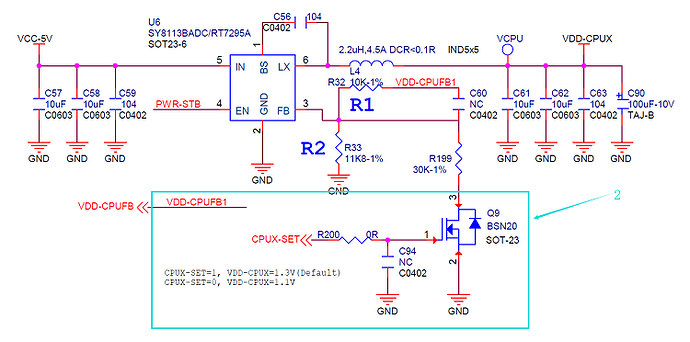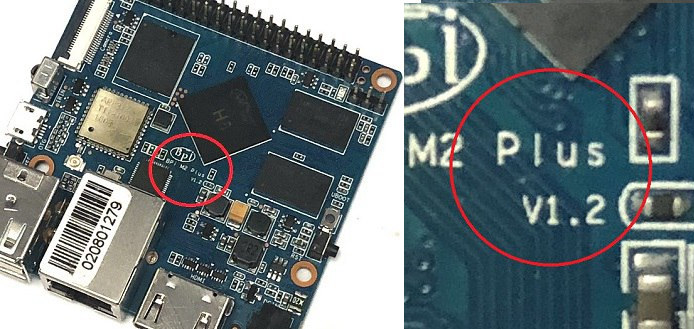When people decided which development board to purchase for their project / use case(s), the often look at the processor, memory, storage, and the external ports, as well as I/Os. However, very few people look at the PMIC (Power Management IC) on the board, as it’s normally an afterthought.
Development boards can work without PMIC, instead relying on a single fixed voltage, and for many people that may be good enough, but for more demanding tasks it may lead to either lower performance or overheating issues.
Modern processor all rely on DVFS ( Dynamic Voltage and Frequency Scaling) in order to adjust both the voltage and frequency of the processor depending on the load. This is done to optimize power consumption and/or manage the power budget, and overheating may lead to CPU throttling, where the system lowers the frequency and/or operating voltage in order to avoid damaging the processor.
I’m writing about DVFS and PMIC today, because SinoVoIP first launched Banana Pi M2 Plus board without proper power management using a fixed supply voltage of 1.3V. Allwinner processors’ DVFS works at 1.1V and 1.3V, but since it was not possible on BPI M2 Plus board, overheating could easily happen. The company has now decided to upgrade their board with version 1.2 of Banana Pi M2 Plus PCB now adding proper support for SY8113BADC / RT7295A voltage regulators.
 So as we can see from the schematics above, CPUX-SET can be configured high or low to set the voltage to either 1.3V or 1.1V and DVFS should now work correctly, and overheating issues should now be more manageable. So if you ever need to buy a new Banana Pi M2+ board make sure it’s based on V1.2 PCB for optimal operation. It’s unclear when the new revision will start selling however.
So as we can see from the schematics above, CPUX-SET can be configured high or low to set the voltage to either 1.3V or 1.1V and DVFS should now work correctly, and overheating issues should now be more manageable. So if you ever need to buy a new Banana Pi M2+ board make sure it’s based on V1.2 PCB for optimal operation. It’s unclear when the new revision will start selling however.
Now, most Allwinner boards available on the market already come with a PMIC or PMU (Power Management Unit), so SinoVoIP has not done anything out of the ordinary, but at least they fixed their initial sub-optimal design. So checking whether a PMU/PMIC is indeed part of the design and properly implemented may be one of those small extra things you may consider while getting a board.

Jean-Luc started CNX Software in 2010 as a part-time endeavor, before quitting his job as a software engineering manager, and starting to write daily news, and reviews full time later in 2011.
Support CNX Software! Donate via cryptocurrencies, become a Patron on Patreon, or purchase goods on Amazon or Aliexpress





